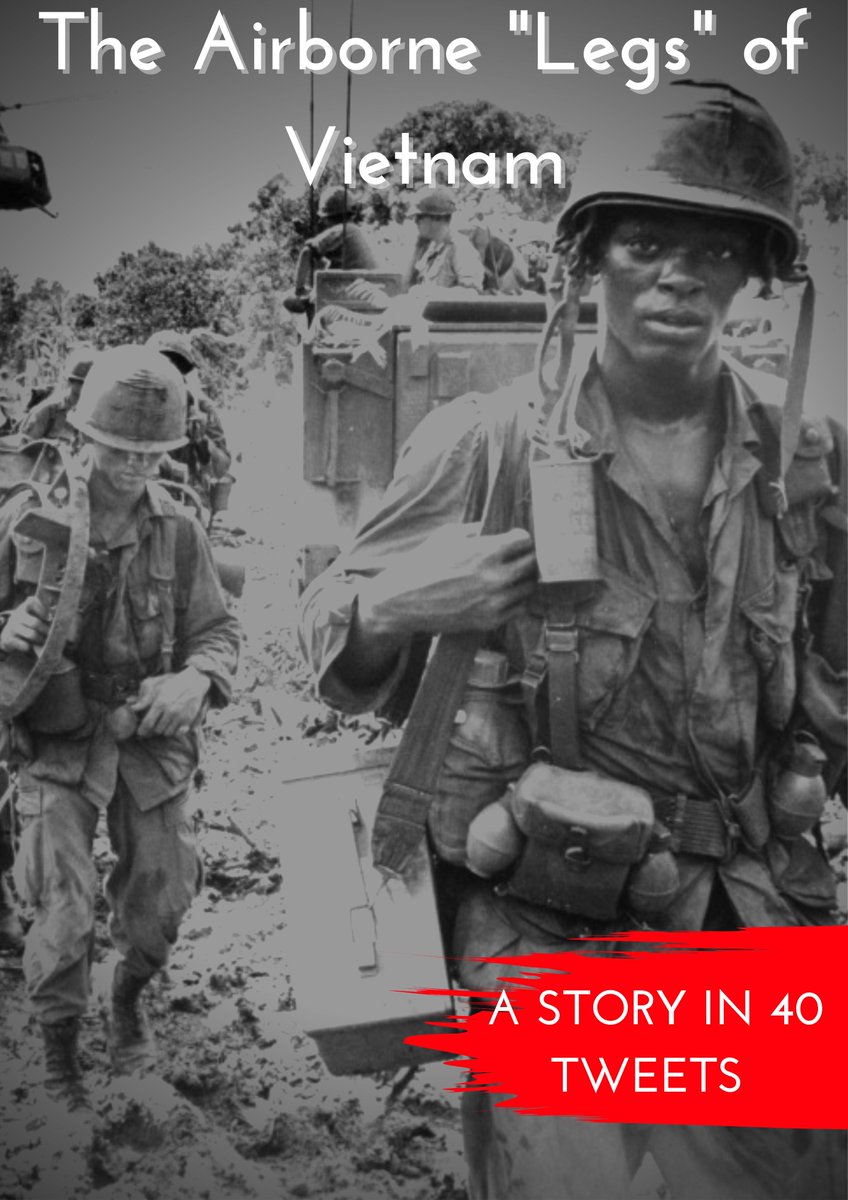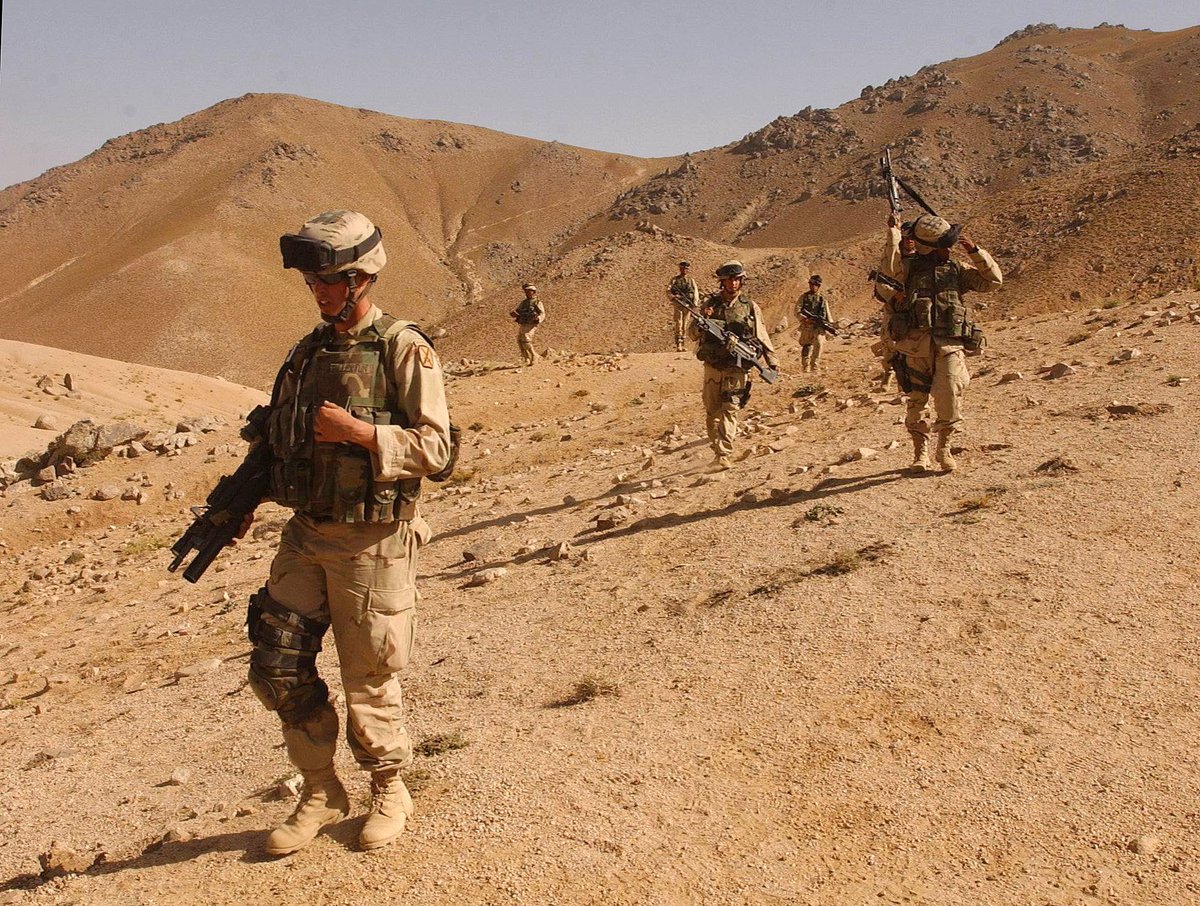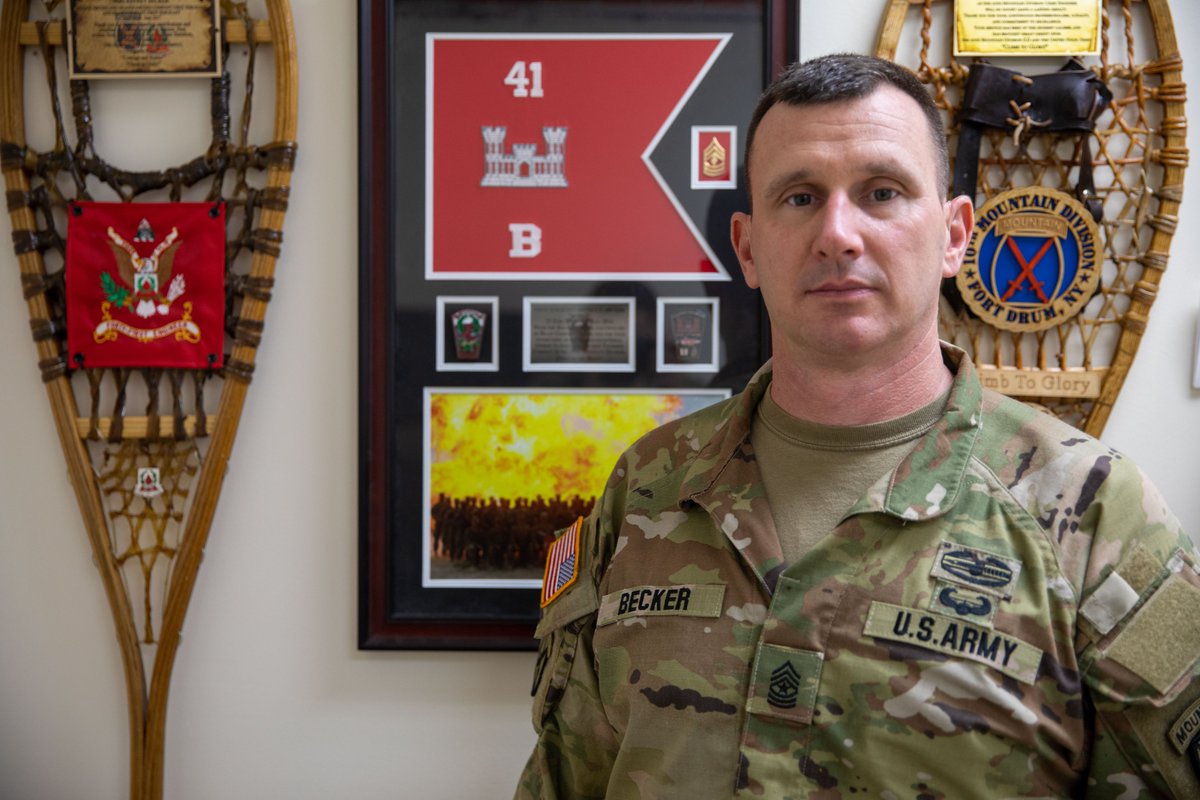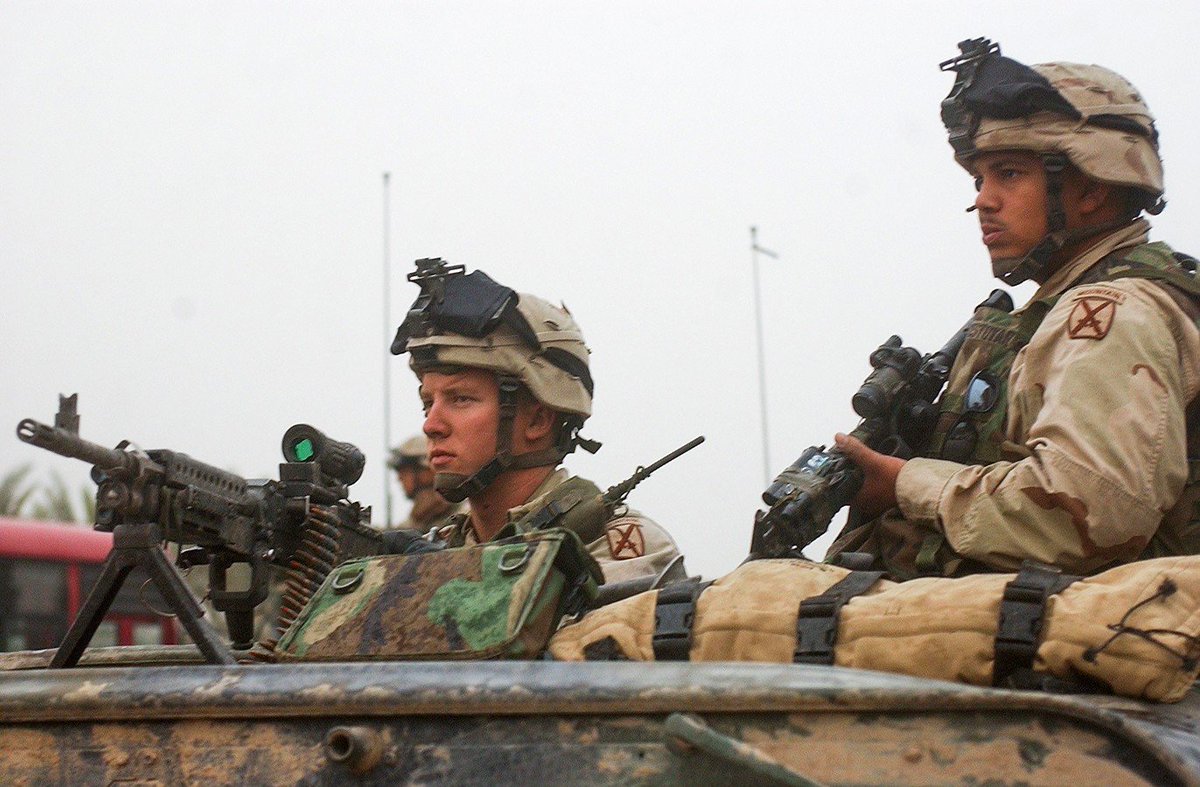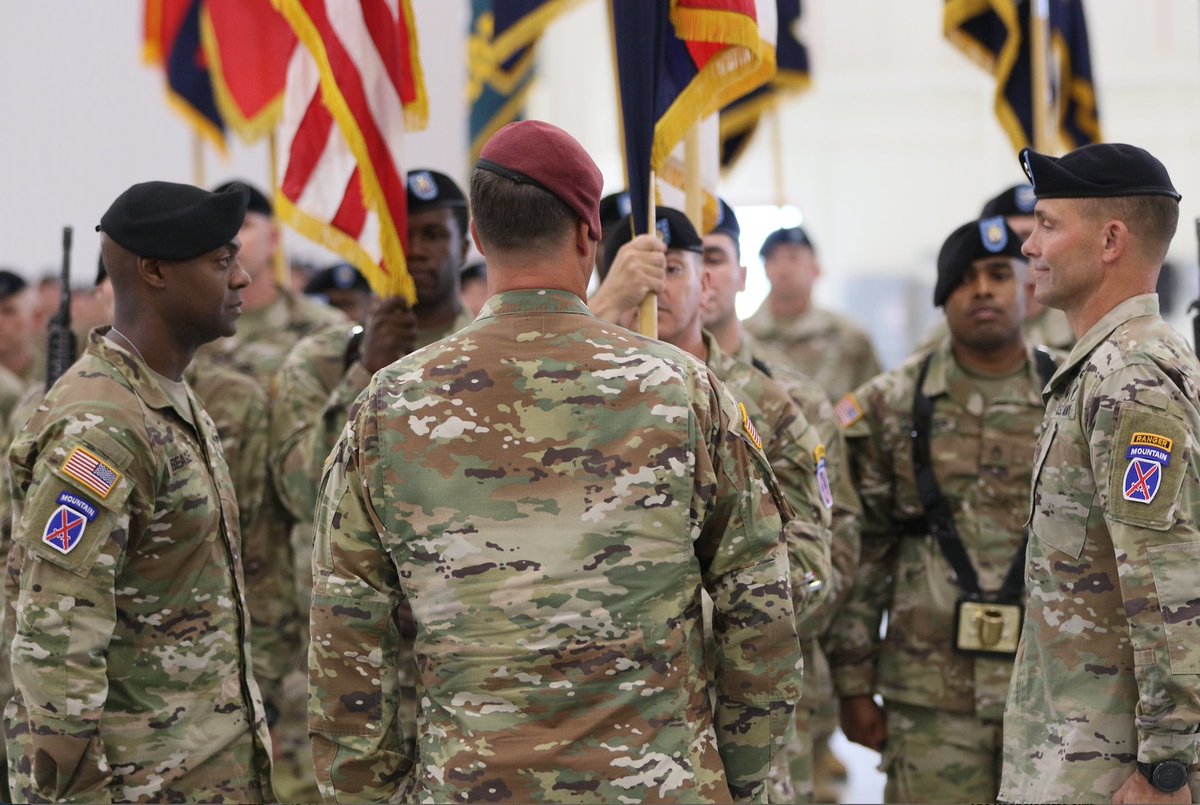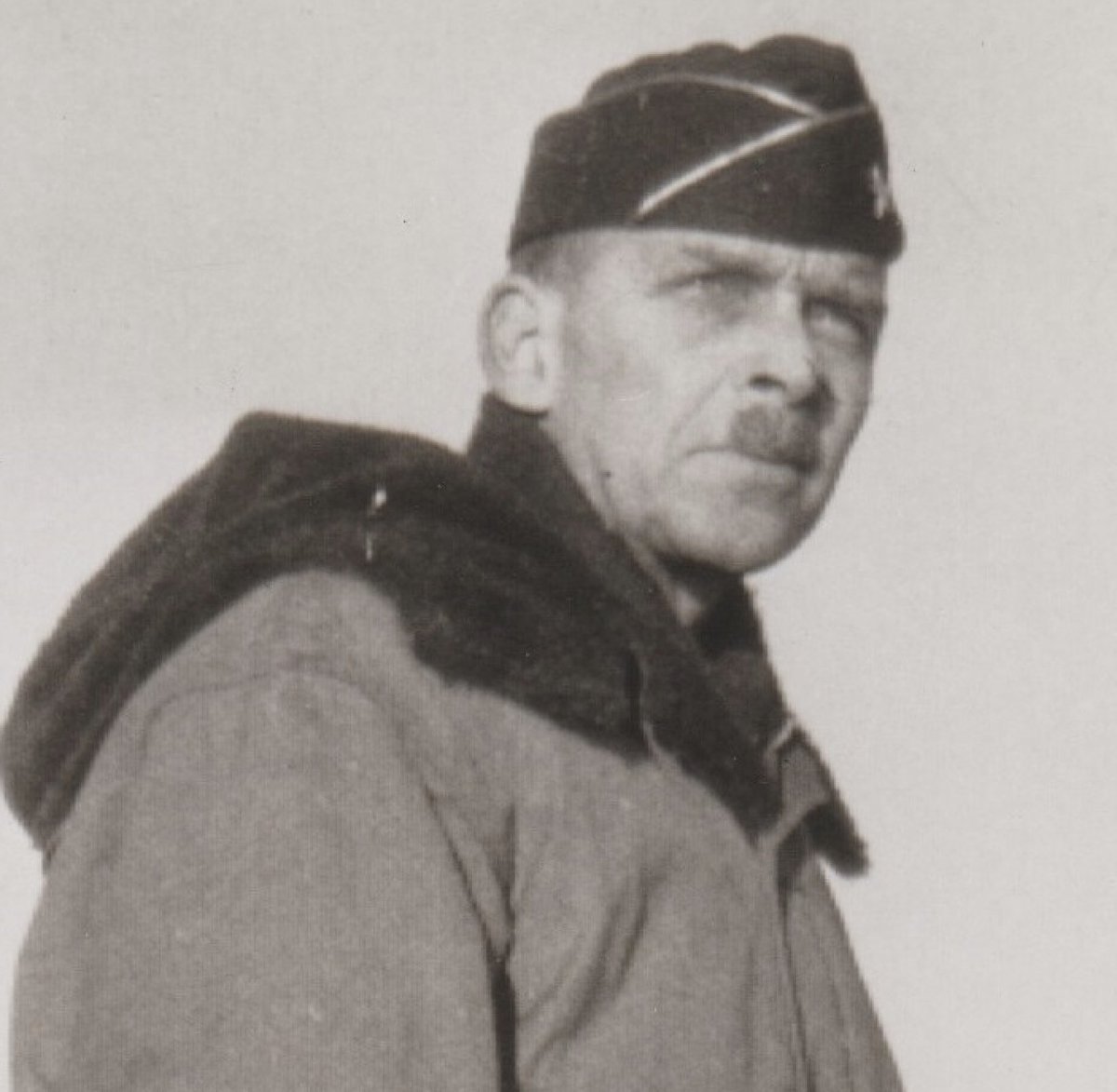
[1 of 8]
#TDIDCH: Aug 23, 1973 – Nixon SecDef James Schlesinger announced the “Total Force Policy” as the new doctrine of American military preparedness. The policy integrated the Active, Guard, & reserve forces into a homogeneous fighting force.
#TDIDCH: Aug 23, 1973 – Nixon SecDef James Schlesinger announced the “Total Force Policy” as the new doctrine of American military preparedness. The policy integrated the Active, Guard, & reserve forces into a homogeneous fighting force.

[2 of 8]
Schlesinger’s policy coincided with the end of the draft, the end of the Vietnam War, and the start of Richard Nixon's All Volunteer Force.
Schlesinger’s policy coincided with the end of the draft, the end of the Vietnam War, and the start of Richard Nixon's All Volunteer Force.

[3 of 8]
The American war in Vietnam was fought primarily with active-duty forces. Neither LBJ nor Nixon mobilized the Reserves and National Guard in large numbers and instead relied on the draft.
The American war in Vietnam was fought primarily with active-duty forces. Neither LBJ nor Nixon mobilized the Reserves and National Guard in large numbers and instead relied on the draft.

[4 of 8]
Total Force Policy restructured missions, training, and equipment to integrate the Reserve Components with Active Duty forces.
Total Force Policy restructured missions, training, and equipment to integrate the Reserve Components with Active Duty forces.

[5 of 8]
There’s a common belief that the policy was based on an attempt by war planners to ensure that an American president could never again commit to a large-scale / prolonged war without engendering the support of the American public. Not true.
There’s a common belief that the policy was based on an attempt by war planners to ensure that an American president could never again commit to a large-scale / prolonged war without engendering the support of the American public. Not true.

[6 of 8]
Total Force Policy was rooted more in domestic considerations than strategic ones, but the domestic considerations were financial. 💸💰💲
In fact, the TFP planners were specifically told by Schlesinger NOT to examine the political considerations.
Total Force Policy was rooted more in domestic considerations than strategic ones, but the domestic considerations were financial. 💸💰💲
In fact, the TFP planners were specifically told by Schlesinger NOT to examine the political considerations.

[7 of 8]
The policy had a lasting (and its intended) effect: the Department of Defense is now heavily reliant on the Reserve Components in a way it never did prior to 1973.
The policy had a lasting (and its intended) effect: the Department of Defense is now heavily reliant on the Reserve Components in a way it never did prior to 1973.

[END]
So, here’s to our citizen Soldiers in the @USArmy @USAirForce @USNavy and @USMC for all the . And here’s to the Total Force Policy on its birthday. The policy really has allowed the Nation to make the best use of its three military components for 48 years and counting!
So, here’s to our citizen Soldiers in the @USArmy @USAirForce @USNavy and @USMC for all the . And here’s to the Total Force Policy on its birthday. The policy really has allowed the Nation to make the best use of its three military components for 48 years and counting!

• • •
Missing some Tweet in this thread? You can try to
force a refresh


